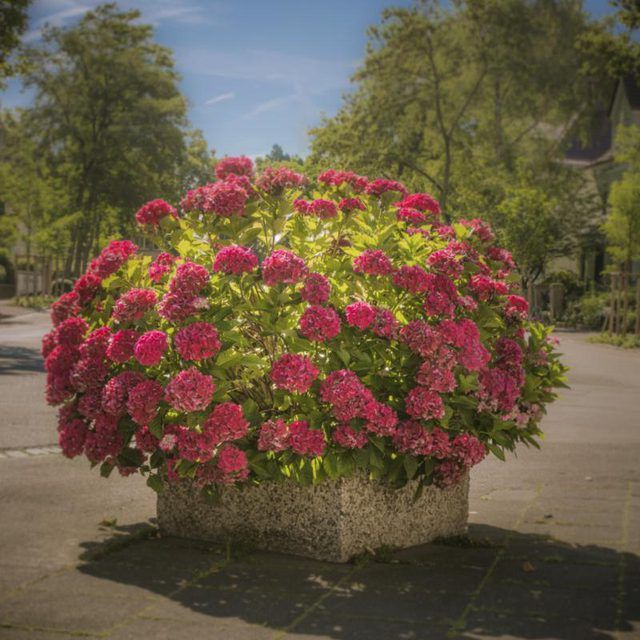Bulbs
Flower Basics
Flower Beds & Specialty Gardens
Flower Garden
Garden Furniture
Garden Gnomes
Garden Seeds
Garden Sheds
Garden Statues
Garden Tools & Supplies
Gardening Basics
Green & Organic
Groundcovers & Vines
Growing Annuals
Growing Basil
Growing Beans
Growing Berries
Growing Blueberries
Growing Cactus
Growing Corn
Growing Cotton
Growing Edibles
Growing Flowers
Growing Garlic
Growing Grapes
Growing Grass
Growing Herbs
Growing Jasmine
Growing Mint
Growing Mushrooms
Orchids
Growing Peanuts
Growing Perennials
Growing Plants
Growing Rosemary
Growing Roses
Growing Strawberries
Growing Sunflowers
Growing Thyme
Growing Tomatoes
Growing Tulips
Growing Vegetables
Herb Basics
Herb Garden
Indoor Growing
Landscaping Basics
Landscaping Patios
Landscaping Plants
Landscaping Shrubs
Landscaping Trees
Landscaping Walks & Pathways
Lawn Basics
Lawn Maintenance
Lawn Mowers
Lawn Ornaments
Lawn Planting
Lawn Tools
Outdoor Growing
Overall Landscape Planning
Pests, Weeds & Problems
Plant Basics
Rock Garden
Rose Garden
Shrubs
Soil
Specialty Gardens
Trees
Vegetable Garden
Yard Maintenance
How to Make a Planter Caddy
How to Make a Planter Caddy. Plant caddies, or plant dollies, can be plant savers. When filled with soil, large pots often become too heavy to move easily, but some plants need to be moved periodically to take advantage of different light conditions or be protected from bad weather. Plant caddies are wheeled platforms that enable you to move large...

Plant caddies, or plant dollies, can be plant savers. When filled with soil, large pots often become too heavy to move easily, but some plants need to be moved periodically to take advantage of different light conditions or be protected from bad weather. Plant caddies are wheeled platforms that enable you to move large pots by rolling them where they need to go, rather than trying to lift them. Making a plant caddy is a relatively simple woodworking project.
Preparing to Build
First, figure out how big the caddy needs to be. This depends on the size of the pot you plan to set on top of the caddy. The caddy should be at least 2 inches wider than the pot base to offer stability for the loaded pot's heavy weight. Use heavy-duty caster wheels; lightweight plastic wheels won't hold up well under the weight and weather if placed outdoors. The wheel size depends on how you plan to use the caddy. In general, 1 5/8-inch wheels enable you to move most plants without detracting from the caddy's look. However, if you plan to move the plant over rough terrain, such as pavers with deep grooves between them, larger wheels work better.
Simple Caddies
For a simple, utilitarian caddy, use a square piece of plywood, a couple of two-by-fours cut to the same size as the plywood and four casters. If the base of your pot is 10 inches in diameter, the plywood square should be 12 inches on all sides. Secure the plywood pieces to two parallel edges with screws. Drilling pilot holes into the bottom of the two-by-fours enables you to screw in the casters easily, if the casters are stem-mounted. Otherwise, screw the caster mount plates to the the two-by-fours. To dress up the caddy, use more two-by-fours instead of the plywood. For example, for a 12-inch caddy, use three pieces of lumber for the top and two for the base. Attach the top pieces of lumber perpendicular to the base pieces with screws; the base pieces act as a frame to hold the top pieces together. Install the casters by drilling pilot holes first if stem-mounted.
Other Ideas
A plant caddy doesn't have to be a flat square. For a rustic look, saw off the base of a barrel, leaving 3 or 4 inches of the side slats so it's obvious what the piece used to be. Attach casters to the bottom, installing two pieces of wood first if necessary to make the base deep enough to hold the caster stems securely. When making a flat caddy, try different shapes of wood instead of two-by-fours. For example, use 1-by-1-inch boards and leave a 1-inch gap in between the boards for extra aesthetic appeal. To hide the wheels, secure 1-inch-thick boards to the sides of the caddy, forming a skirt of sorts. Measure the height you need carefully; the skirt boards should leave at least 1/2 inch of space between them and the ground to ensure the caddy can roll over different types of materials.
Finishing the Caddies
Unfinished wood weathers, warps and splits, especially when left outside. Even indoors, the wood often gets damp when the plant is watered and might fade in areas exposed to light. Staining the wood with a weatherproof stain helps extend the life of the caddy. If you want to paint the caddy a color, use a polyurethane sealant to coat the caddy after the paint dries to help protect the wood.